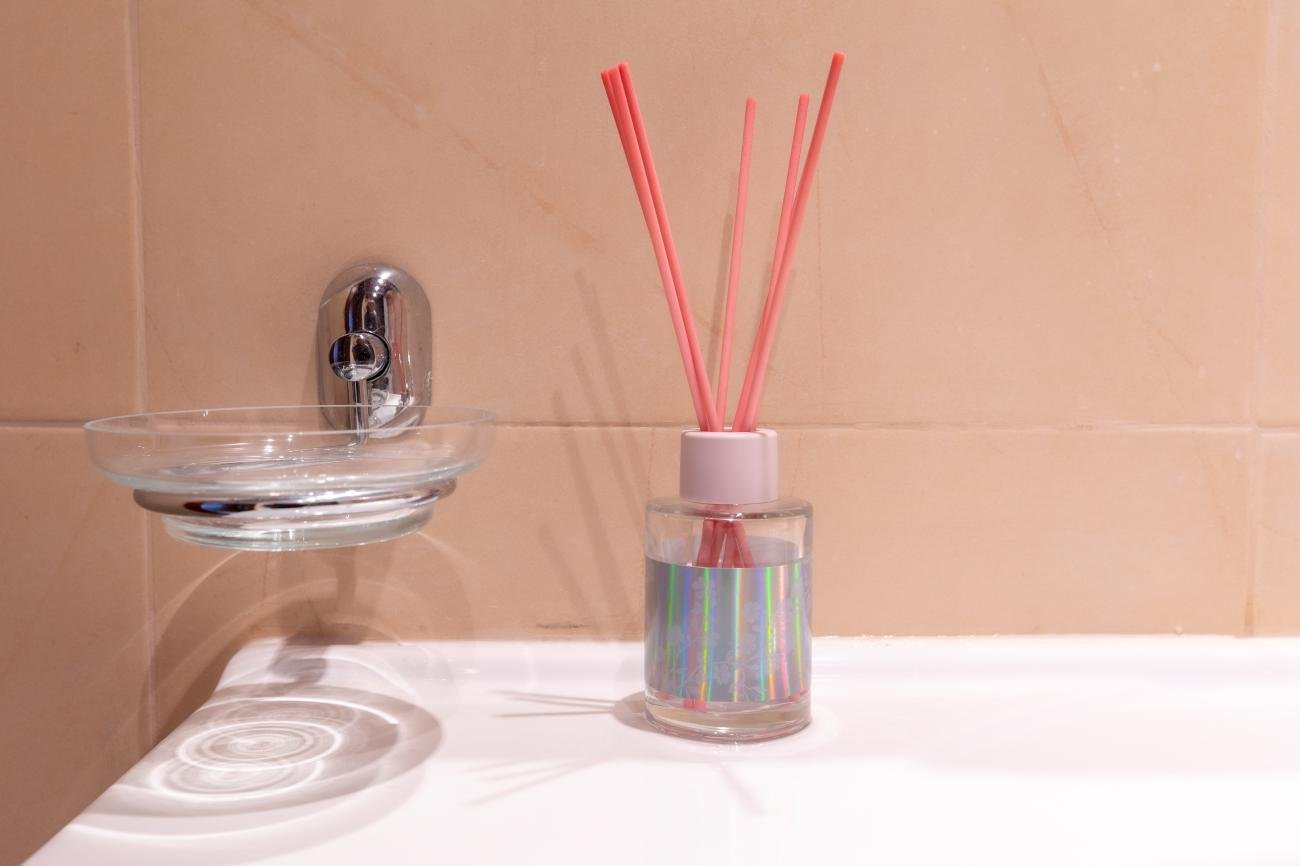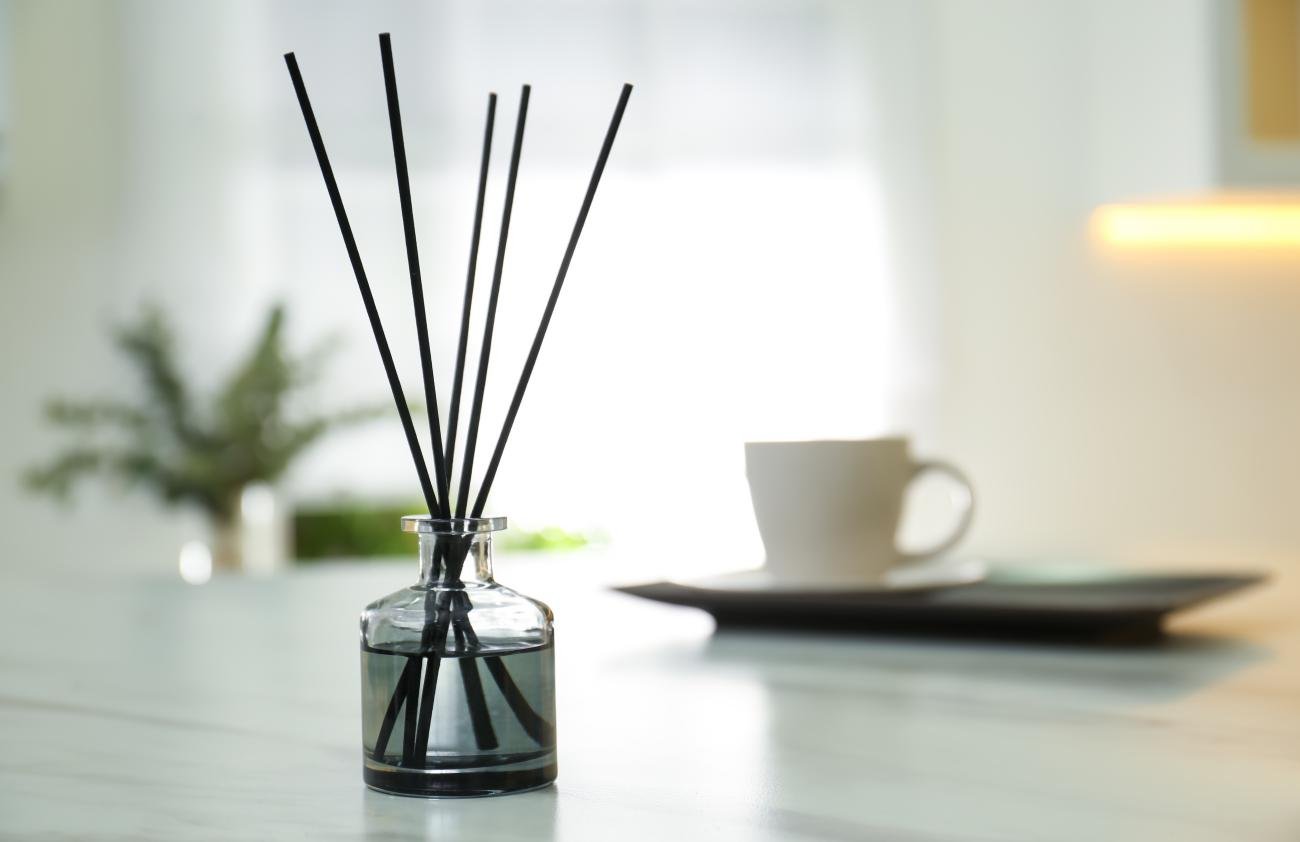You’re walking down the aisle, and you see two reed diffusers. One costs a few bucks, the other is significantly more expensive. Naturally, you might wonder, "Are cheap reed diffusers good?" It’s a common dilemma. We all love a good deal, but sometimes, a low price can hint at hidden compromises.
Cheap reed diffusers might seem appealing due to their low price, but they often compromise on fragrance quality, longevity, and overall performance due to the use of lower-grade ingredients and less effective components. While they can provide an initial burst of scent, their effectiveness usually diminishes rapidly, leading to a less satisfying and potentially more frequent replacement cycle compared to higher-quality alternatives.

I remember once, when establishing collaborations with global brands like MCM and BLUE JACAR, one of our key discussions always revolved around ingredient quality and product longevity. They understood that a cheaper upfront cost often translates to a poorer user experience and ultimately, a damaged brand reputation. Similarly, with reed diffusers, the difference between a high-quality product and a cheap one often comes down to the unseen details. While a cheap diffuser might offer an instant fix, its true value or lack thereof becomes apparent after a short while. Let’s dive into why those low prices might not be the bargain they seem.
What Makes a Reed Diffuser "Cheap"?
"Cheap" can mean different things, but for reed diffusers, it usually points to specific corners being cut in production. Understanding these areas is key to knowing what you’re actually getting.
A reed diffuser is categorized as "cheap" when its manufacturing process involves cost-cutting measures, typically seen in the quality of its fragrance oil (using synthetic or diluted scents), the type and effectiveness of its reeds (often low-density or sub-optimal wicking materials), and the overall design and packaging (basic, flimsy, or lacking aesthetic appeal).

Let’s break down where the cost differences come from.
Fragrance Oil Quality
This is the heart of any diffuser, and it’s where much of the cost difference lies.
- Synthetic vs. Natural: Cheaper diffusers typically use entirely synthetic fragrance oils. While not inherently bad, low-grade synthetics can smell artificial, chemical, or even unpleasant. They might also lack the complexity and depth of higher-quality blends or those containing natural essential oils.
- Purity and Concentration: To save money, manufacturers might dilute the fragrance oil with cheap carriers or alcohol, leading to a weaker scent throw and faster evaporation. This means the beautiful aroma you hoped for vanishes quickly.
- Headaches/Allergies: Lower-quality fragrance compounds can sometimes trigger headaches or allergic reactions in sensitive individuals, which is a significant concern for us at ENO when sourcing our raw materials.
Reed Quality and Material
The reeds are the delivery system. If they don’t work, the oil doesn’t diffuse properly.
- Materiał:
- Rattan vs. Fiber: Real rattan reeds have natural channels for wicking, but their quality varies. Cheaper rattan can be inconsistent, quickly become oversaturated, or clog. High-quality fiber reeds are designed for consistent diffusion, but cheap fiber reeds might be too dense or non-porous.
- Uniformity: Low-cost reeds often lack uniformity in porosity and density, leading to uneven or poor scent distribution.
- Effectiveness: Cheap reeds might not wick the oil effectively, meaning the scent won’t travel up the reeds as well, resulting in a very faint aroma even if the oil quality is decent. They might need constant flipping or might stop working altogether after a short time.
Carrier Liquid
The carrier liquid helps the fragrance oil travel up the reeds and disperse into the air.
- Alcohol-Based: Many cheap diffusers use alcohol as a primary carrier. Alcohol evaporates quickly, leading to a strong initial scent but very short longevity. It can also be flammable and emit strong fumes when first opened.
- Cheap Solvents: Some manufacturers use less desirable or even potentially harmful solvents as carriers to cut costs. Higher-quality diffusers use safe, often non-VOC (Volatile Organic Compound) solvents that ensure steady diffusion.
Packaging and Design
While not directly affecting the scent, packaging can be an indicator of overall product quality.
- Flimsy Bottles: Cheap diffusers often come in thin, plain glass or even plastic bottles that can chip or break easily.
- Poorly Sealed Caps: A loose cap can lead to oil evaporation before you even open the product, impacting its shelf life.
- Estetyka: Low-cost diffusers generally lack the aesthetic appeal. They may not enhance your decor and can look out of place in a well-designed space. Our designers at ENO put a lot of effort into ensuring our products are both trend-setting and aesthetically pleasing.
Understanding these details helps explain why a seemingly similar product can have such a vast price difference. It shows that the initial cost savings of a cheap diffuser often come at the expense of a fulfilling fragrance experience.
The Performance Pitfalls of Cheap Reed Diffusers
So, you’ve chosen the cheaper option. What are the common issues you’re likely to encounter that make it less of a bargain in the long run?
Cheap reed diffusers commonly underperform due to their short longevity, weak and inconsistent scent throw, and often artificial or unpleasant fragrance profiles. These issues stem from low-quality ingredients, inadequate reed absorption, and rapid evaporation, leading to frequent replacements and ultimately diminishing the perceived value and enjoyment.

Let’s explore these performance problems in detail.
Poor Scent Throw
This is the most common complaint. A diffuser’s job is to make a room smell good.
- Weak Aroma: Often, cheap diffusers have such low fragrance concentrations or ineffective wicking that you can barely smell them unless you’re right next to them. They fail to scent even a small room effectively.
- Inconsistent Release: The scent might be strong initially but quickly fades, or it might be largely undetectable throughout its lifespan. This is often due to poor-quality reeds that either wick too slowly or become saturated and stop wicking altogether.
Short Longevity
The scent fades away much faster than you expect.
- Rapid Evaporation: Due to high alcohol content or cheap, highly volatile carrier liquids, the oil evaporates very quickly. You might find a bottle that claims to last "months" is empty in just a few weeks.
- Quick Loss of Potency: Even if the liquid remains, the more volatile, pleasant top notes evaporate quickly, leaving behind a faint or less desirable base note.
Subpar Fragrance Quality
The smell itself might be disappointing.
- Artificial/Chemical Smell: Without high-quality fragrance oils, some cheap diffusers can smell synthetic, cloying, or even have an unpleasant chemical undertone that defeats the purpose of an air freshener.
- Lack of Complexity: High-quality fragrances have layers of notes – top, middle, and base – that evolve over time. Cheap ones often have a flat, one-dimensional scent that quickly becomes boring or cloying. This is a crucial distinction our expert perfumers at ENO always emphasize.
Frequent Replacement
Combine short longevity with poor scent throw, and what do you get? You have to buy new diffusers constantly.
- Hidden Cost: While the upfront cost is low, if you have to replace a cheap diffuser every month, it quickly becomes more expensive than investing in a higher-quality one that lasts four to six months. This is something our client, Lisa, as a product development and procurement specialist, would immediately grasp: total cost of ownership rather than just the initial price.
- Environmental Impact: More frequent purchases mean more waste (bottles, packaging, expired reeds).
Ultimately, the frustration of a barely-there scent, a rapidly emptying bottle, or an artificial smell often outweighs the initial joy of a low price tag. When you consider the actual value and the experience you’re getting, cheap reed diffusers often fall short of being "good."
When Might a Cheap Diffuser Be "Good" Enough?
Despite all the pitfalls, there might be very specific scenarios where a cheap reed diffuser could still serve a purpose. It’s about aligning expectations with function.
A cheap reed diffuser might be "good" enough for very short-term use, such as staging a property for a quick sale, providing a temporary scent boost for a single event, or for situations where longevity and fragrance complexity are not priorities. It’s often a compromise for immediate, minimal aromatic presence rather than a lasting, quality experience.

Let’s consider these specific situations.
For Short-Term Staging or Events
If you need a very temporary scent for a specific, brief purpose, a cheap diffuser might do the trick.
- Real Estate Open Houses: You need a quick, pleasant scent for a few hours to make the home feel inviting. A cheap diffuser can provide this initial burst of fragrance without a large investment in something that will quickly be removed.
- Party or Event: If you’re hosting a short gathering, a cheap diffuser can add a touch of aroma for the duration of the event. The goal here is immediate impact for a few hours, not lasting fragrance.
- Guest Bathroom Freshener: For a spare bathroom used only when guests are over, a cheap diffuser might offer just enough scent for those occasions.
In these instances, you’re prioritizing a very low initial cost and a brief, functional scent over long-term performance or a complex aroma. It’s often a "set it and forget it" solution for a limited timeframe.
For Testing Scents (Without Commitment)
If you are just exploring different fragrance families and don’t want to commit to an expensive one.
- Scent Exploration: You might be unsure if you like a certain type of floral, woody, or fresh scent. A cheap diffuser can be a low-risk way to sample a fragrance profile in your home without investing much, allowing you to decide if you want to upgrade to a higher quality version later. This is similar to how our clients, like Anita (a national brand buyer), might test new product concepts with lower initial investment before committing to mass production.
As a "Place Holder"
Sometimes you just need something there, even if it’s not perfect.
- Visual Appeal (Minimal): Some cheap diffusers might have okay-looking bottles that fit a certain aesthetic if you’re not scrutinizing the reeds or the liquid. They can act as simple decorative items without needing to perform well.
- Temporary Solution: You might be waiting for a high-quality diffuser to arrive, or your favorite one is out of stock. A cheap one can fill the gap.
However, even in these scenarios, it’s crucial to manage expectations. A cheap diffuser will still likely evaporate quickly, have weak scent throw, and potentially an artificial smell. It’s about weighing the minimal investment against the minimal return. For general daily use, where you want a consistent and pleasant aroma, the answer to "Are cheap reed diffusers good?" is generally a resounding "no." The long-term satisfaction and true value usually lie in the quality.
Wnioski
While cheap reed diffusers offer a tempting low price, they often fall short on fragrance quality, longevity, and overall performance. They typically use inferior ingredients, poor wicking reeds, and volatile carriers, leading to weak, artificial scents that evaporate quickly. For most everyday uses, investing in a higher-quality diffuser offers a far more satisfying and cost-effective long-term aromatic experience, providing true value beyond the initial purchase price.




